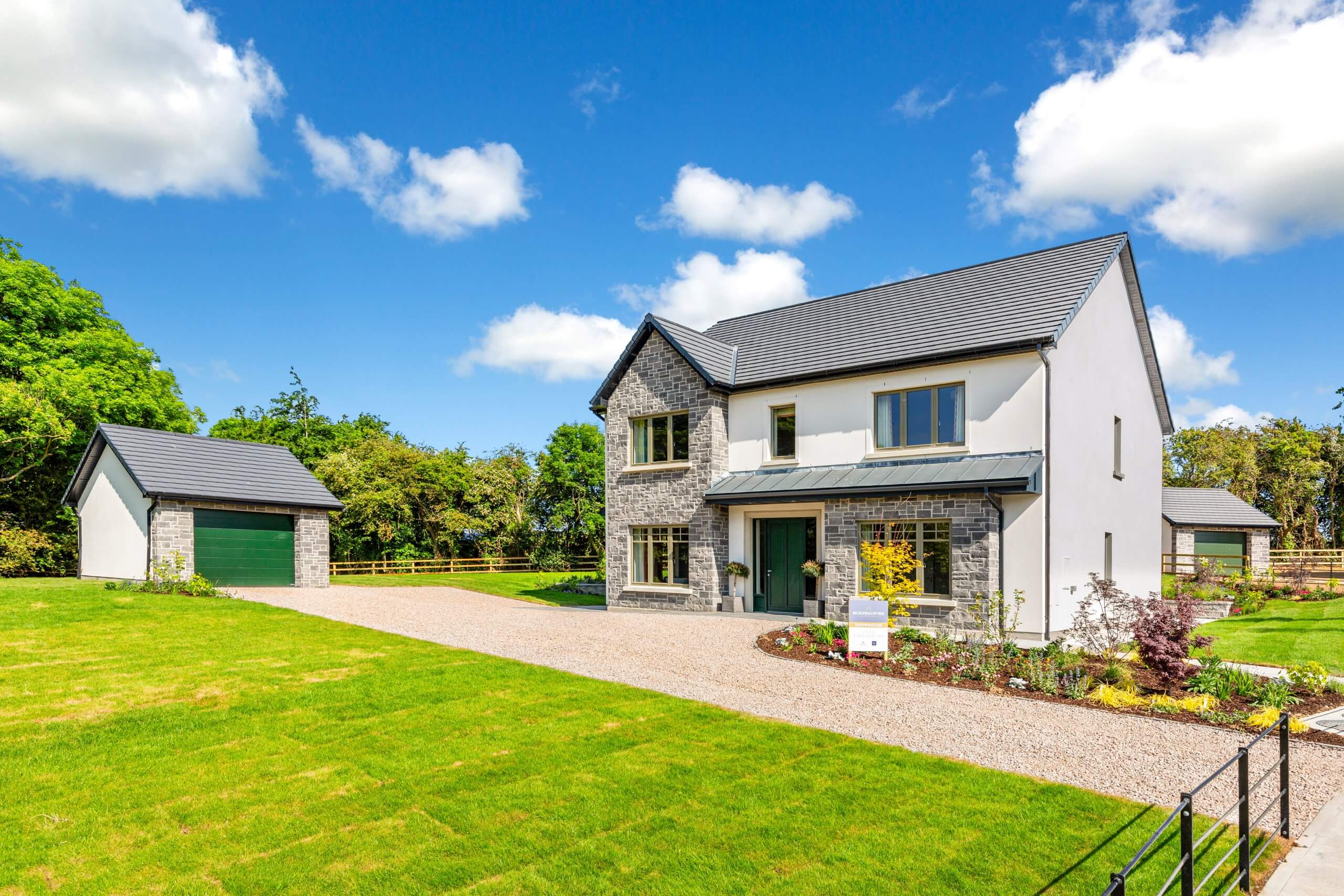New Homes Market Outlook 2024
12th January 2024

The green credentials of newly constructed dwellings have greatly added to their attractiveness in the last two years. Download our full Outlook 2024 report.
Activity and demand
Busy market with strong purchaser sentiment
The new homes market will remain busy in 2024 with continued strong buyer sentiment that will outstrip supply. Elevated interest rates as well as banks adopting more risk-adverse policies (such as seeking greater levels of information and documentation from borrowers and delaying loan offers) will be a feature of the market, at least for the first half of the year. This will particularly affect movers and investors but for FTB, the increases will remain somewhat off-set by the higher loan-to-income (LTI) ratios that were introduced in January 2023 (rising to 4x gross household income from 3.5x).
The green credentials of newly constructed dwellings have greatly added to their attractiveness in the last two years and will continue to do so this year. Given a new home’s A-rating under the BER scale, it offers significant savings for homeowners in terms of running costs, which is a very important consideration at present. Green mortgage interest rates are also available, which are typically 30 bps lower than non-green rates (this could be a saving of up to €100 per month on repayments). The turnkey nature of new homes is also very attractive and provides occupiers with a quick and easy settling-in period where no costly refurbishment works or construction are required.
The median (average) price of a new home in Dublin grew by almost €40,000 between October 2022 and October 2023 (+8.7%), while existing second-hand homes grew by a substantially less €5,000 (+1.2%). Nationwide the figures were €36,200 and €17,000. While a large part of this discrepancy in the pace of price growth can be attributed to the green credentials, the various government support measures for FTB are also factors.
FTBs have made up 50% of the new homes market in Dublin and Cork in the last seven years. However, over 2023, this proportion moved closer to 60%, partially due to the government support schemes, but also due to the increases in LTI mortgage ratios. FTB demand is focused on new homes priced under €500,000 that qualify for one or both of the ‘Help-to-Buy’ scheme (currently the lesser of 10% of purchaser price or €30,000) and/or the ‘First-Home-Scheme’ (where the State will take an equity stake of up to 30%). Before purchasing a home, FTBs are generally in the rental sector. With all the issues in the rental market including record-high rents, most renters are eager to move ahead with home purchases. Government assistance has greatly helped with this (and will continue to), bridging the affordability gap. As such, demand for new homes will continue to greatly outweigh supply in 2024.
Supply
Commencements strong despite elevated costs
New home starts and completions were strong last year despite the higher cost of building materials, labour, and finance. Commencements nationwide were about 33,000 with close to 20,000 of these in the Greater Dublin Area; this was the highest level in 16 years. Completions are estimated to be at a similar level to 2022 of about 30,000 units. Interestingly, apartments nationwide will make up about one-third of the total – just five years ago this figure was as low as 12% and in single-digit percentages before that.
Part of the reason for the reasonably healthy construction statistics given the wider market context, is due to the temporary time-limited waiver of section 48 development contributions that was introduced in April last year. Dwellings going onsite before 24th April 2024 and completed no later than 31st December 2025 can avail of this waiver. The government has not yet announced the possibility of any extensions to the waiver, despite expiring at the beginning of Q2. Building activity remains below what is required and must ramp up further in 2024 to meet unfulfilled demand as well as new demand from an ever-growing population. As such, to keep the positive momentum in construction statistics progressing, it will be vital this is retained, ideally for at least a further two years. Similarly, the continued retention of the Help-to-Buy Scheme and the First Home Scheme is critical to maintaining FTB demand.
A potential S48 waiver extension, continued FTB schemes, along with the introduction of the new Planning & Development legislation later this year, should provide greater certainty to developers and confidence to build. Much of their focus will be on public bodies given the significant funding available to the Land Development Agency, approved housing bodies, and local authorities. Through various State-backed schemes, such as Croí Cónaithe (Cities) and STAR (Secure Tenancy Affordable Rental Investment Scheme), many developments will be directed towards social and affordable homes (both on a sale and cost-rental basis). While this is very positive for the social and affordable sectors, and for the market generally, it will put even further pressure on private buyers.
Download our full Outlook 2024 report.
